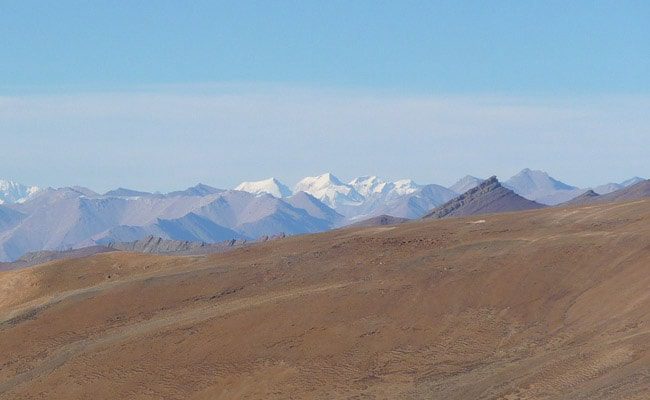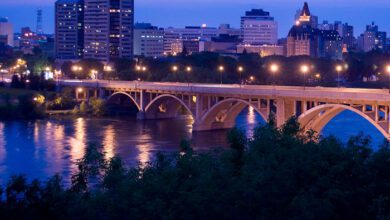

A 27-year-old man from Noida who went on a solo bike trip to Leh died due to oxygen deficiency on August 29, a report said. Chinmay Sharma, a digital marketing executive, worked with a firm based in Noida.
Chinmay left for the trip on August 22, four days later, on August 26, he informed his father that he was experiencing a headache, Times of India reported. His father advised him to take rest and seek medical attention.
Later that day, the 27-year-old told his father that he was facing difficulty in breathing. His father asked the hotel manager in Leh to take his son to the hospital. On August 29, Chinmay Sharma died during treatment.
What Is Altitude Sickness
Altitude is divided into three sections: 8,000 to 13,000 feet is high altitude, 13,000 to 18,000 feet is very high and over 18,000 feet is considered extremely high altitude.
Altitude sickness occurs when a person experiences sudden changes in air pressure and low Oxygen too quickly. It is caused by rapid ascending and less time for acclimatization to adjust to sudden changes.
The symptoms include Headache, vomiting, nausea, dizziness, shortness of breath, and fatigue. It may even turn fatal if immediate medical care is not given.
There are three types of altitude sickness: Altitude Mountain Sickness (AMS) is the mildest form of altitude sickness. High-altitude cerebral oedema (HACE) is a serious form of AMS. High-altitude pulmonary oedema (HAPE) can quickly become life-threatening.
What Happens During Altitude Sickness
The percentage of Oxygen at sea level is 20-22 per cent and the barometric pressure is around 750-765 mmHg. As the altitude increases, the surrounding air becomes thinner due to a fall in atmospheric pressure. Meaning, fewer oxygen molecules per breath.
The air pressure in Leh, Ladakh is around 669 mmHg, resulting in 65% oxygen molecules per breath.
At high altitudes, your breathing becomes shallow and your blood becomes thicker as more Red Blood Cells (RBCs) are produced to carry Oxygen. Breathing becomes fast as the lungs try to keep up with less Oxygen.
These are normal responses of the body to cope with the changes in surroundings. When the body doesn’t acclimatize, then it won’t be able to react to the changes.
How To Adapt
The body has to adapt to the decrease in Oxygen at a specific altitude. This process is known as acclimatization and generally takes one to three days at any given altitude. There is no substitute for acclimatization.
Getting proper rest and drinking more water is a must during the process. People who travel to Ladakh are advised to acclimatize in Leh for at least three days before going to regions at a higher altitude.
It is advised not to increase the altitude by more than 1,000 feet per night. If you increase your altitude by 3,000 feet, spend a second night at this elevation before going farther.
How to treat it
The first rule is to stop the ascend and get rest immediately. If you have more severe symptoms or any symptoms of high-altitude cerebral oedema, high-altitude pulmonary oedema, or blurred vision, you need to move to a lower altitude as soon as possible.
Besides moving to a lower altitude, it is advised to take painkillers, which act as blood thinners. It is crucial to avoid alcohol, tobacco or sleeping pills, which can slow your breathing and are extremely dangerous in low-oxygen conditions.








